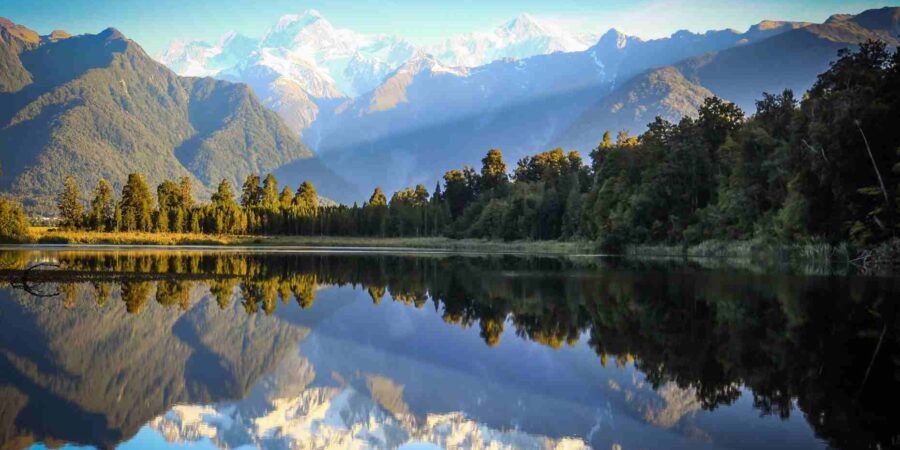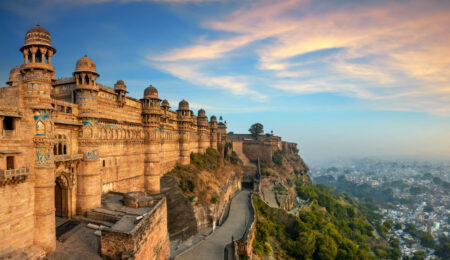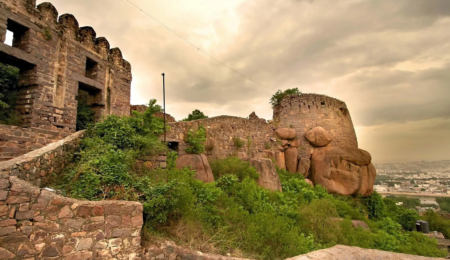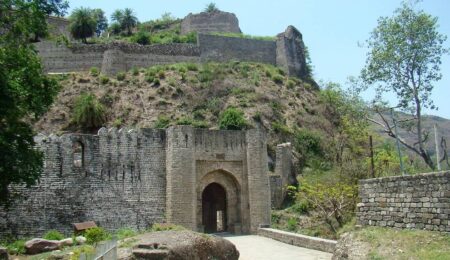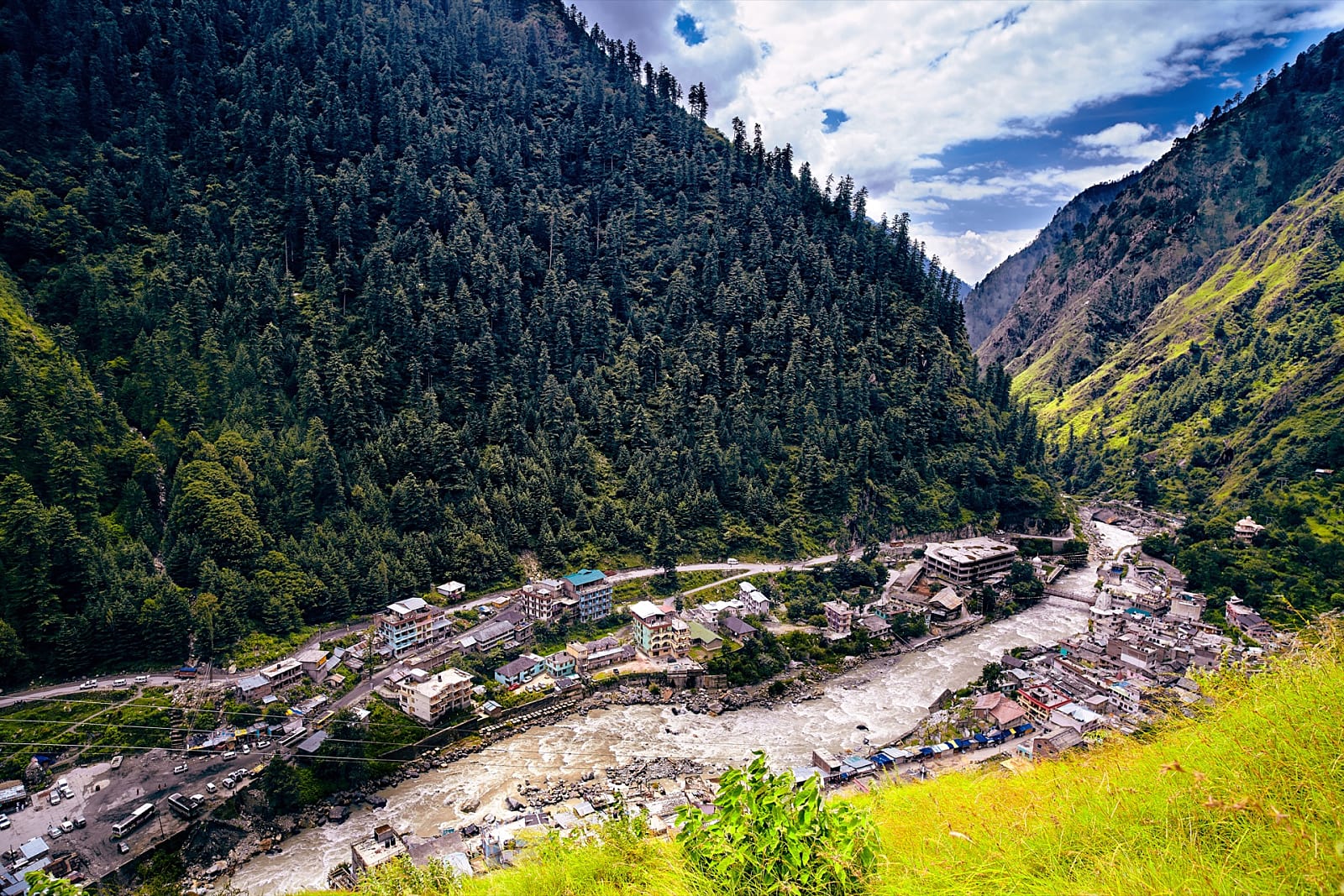 Kullu town is set on the banks of river Beas in the strikingly beautiful Kullu valley, also known as the ‘valley of gods’
Kullu town is set on the banks of river Beas in the strikingly beautiful Kullu valley, also known as the ‘valley of gods’
Raghunathji Temple: This famous shrine was built in 1657 and dedicated to Lord Raghunathji, the principal deity of the valley. The idol of the presiding deity is said to be brought from Ayodhya, about 400 years ago.
Kullu Dussehra: The world-renowned annual Dussehra festival of Kulu is celebrated in September/ October. The festivities are organized at Dhalpur maidan, about 1 km.from Raghunathji Temple. During this time icons of all the deities of Kullu valley are brought here in colorful processions to attend the darbar of Lord Raghunathji.
Around Kullu:
Naggar (27 kms.)
The beautiful site on the banks of Beas was the capital of Kullu state for over 1400 years. It was founded by Visudh Pal and has a 16th-century castle, which has now been converted into a hotel. Naggar has three old shrines dedicated to Lord Vishnu, Tripura Sundari, and Krishna. It is also associated with Nicholas Roerich, an internationally renowned artist from Russia.
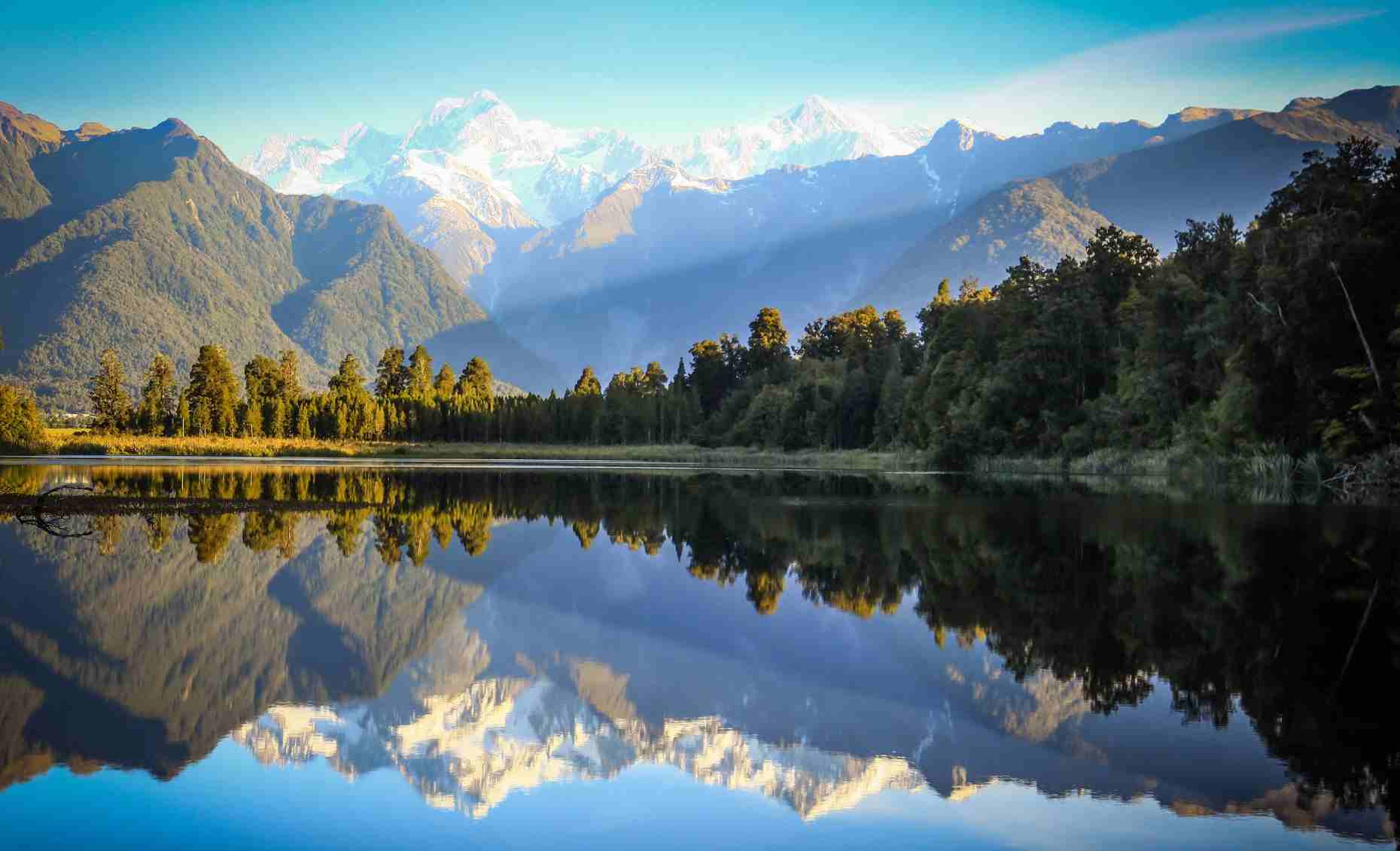 Manikaran (45 kms.)
Manikaran (45 kms.)
This pilgrim center of Hindus and Sikhs is famous for its hot sulfur springs. It has a Gurudwara and temples of Lord Ramchandra and Shiva.
Lahaul & Spiti
The Lahaul and Spiti district adjoining Ladakh is an entirely different world – snowbound and isolated from the outside world for over 9 months in a year. The inhospitable terrain full of glaciers and high altitude lakes is endowed with awe-inspiring beauty. Buddhism was introduced here in the 7th century and the people of the region have preserved their unique culture and heritage. The district is dotted with over 53 monasteries, which are not merely the seats of religion but the founts of power and repositories of art and religious manuscripts. The main towns of the district are Kyelang and Kaza.
|
After Post Contents [Code BL 05] – Full width x 125 px |

